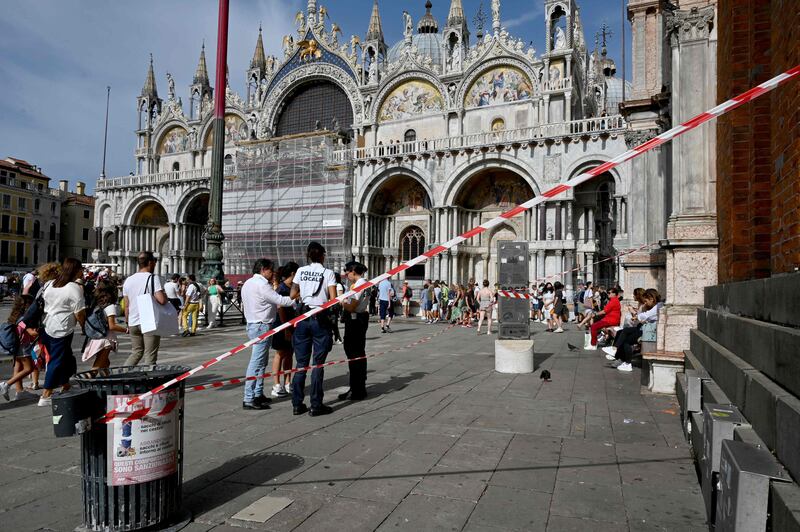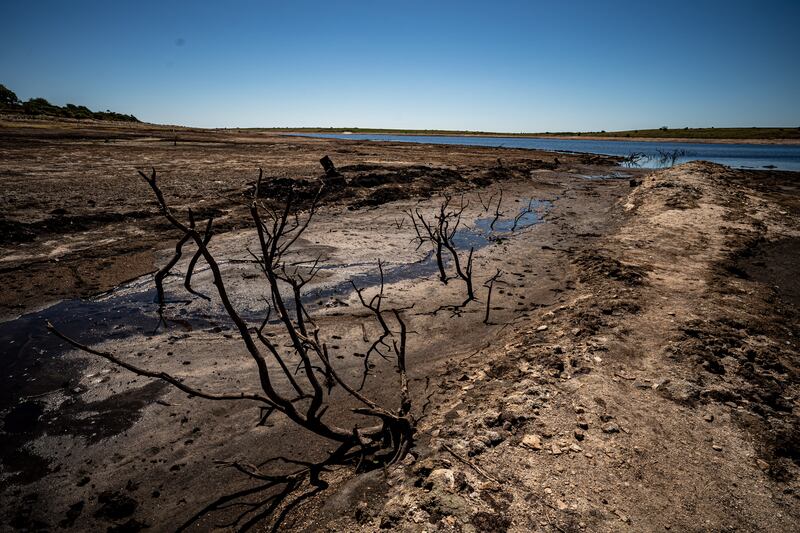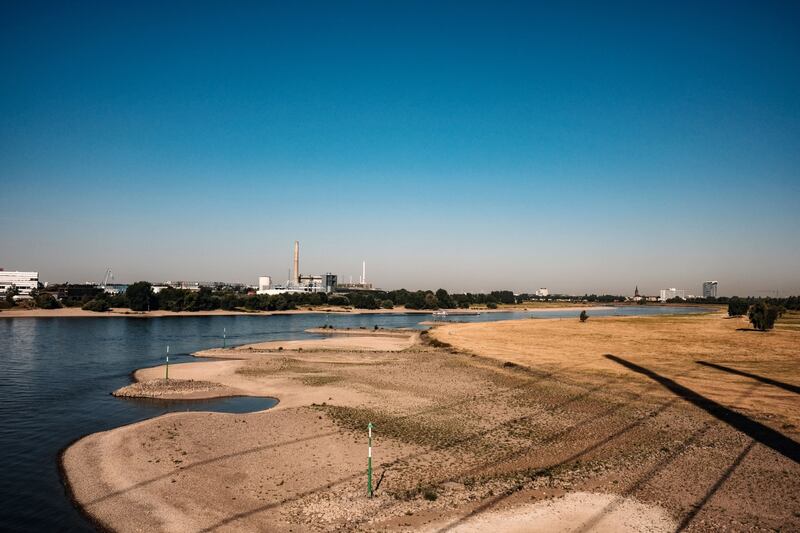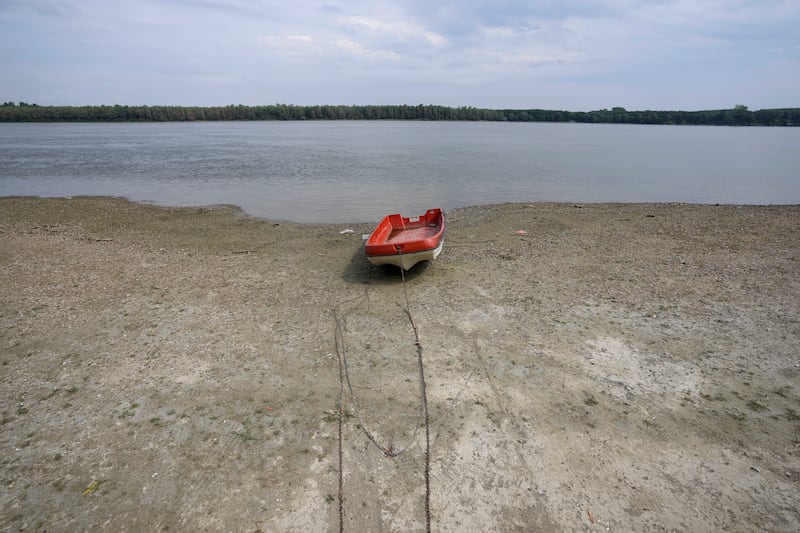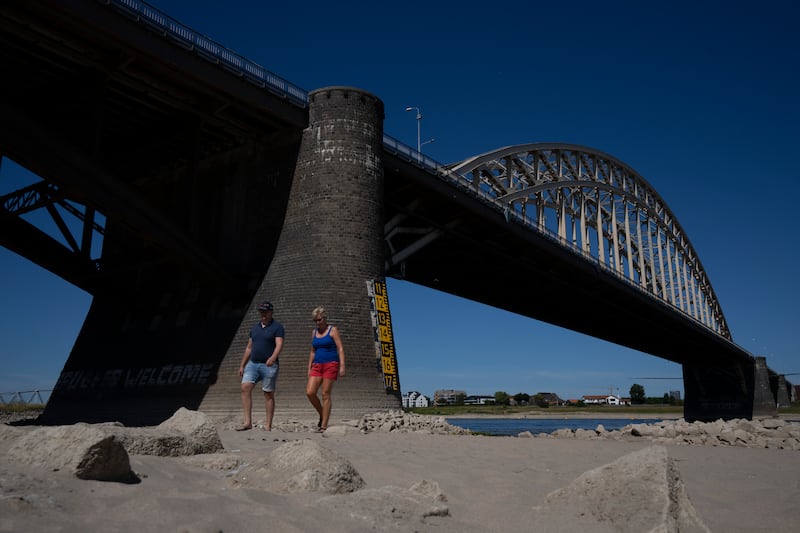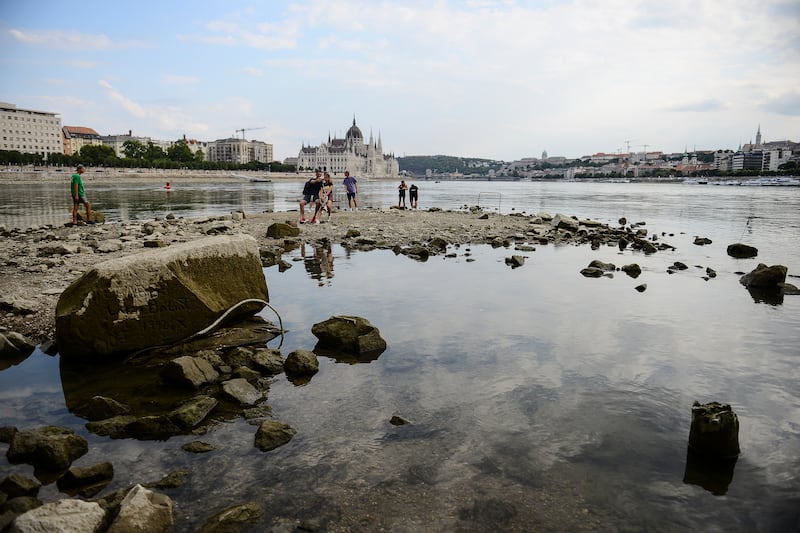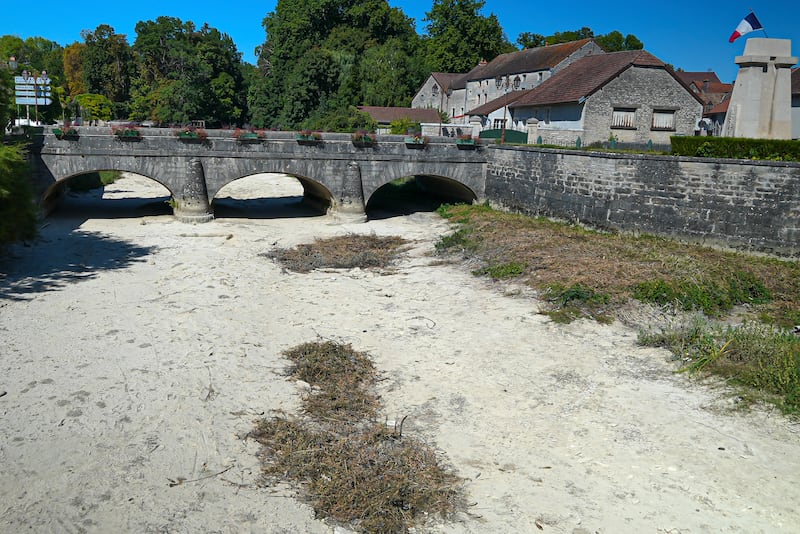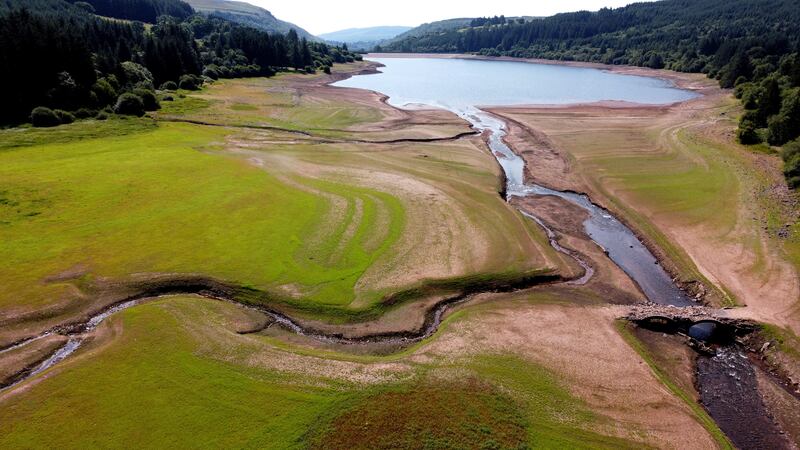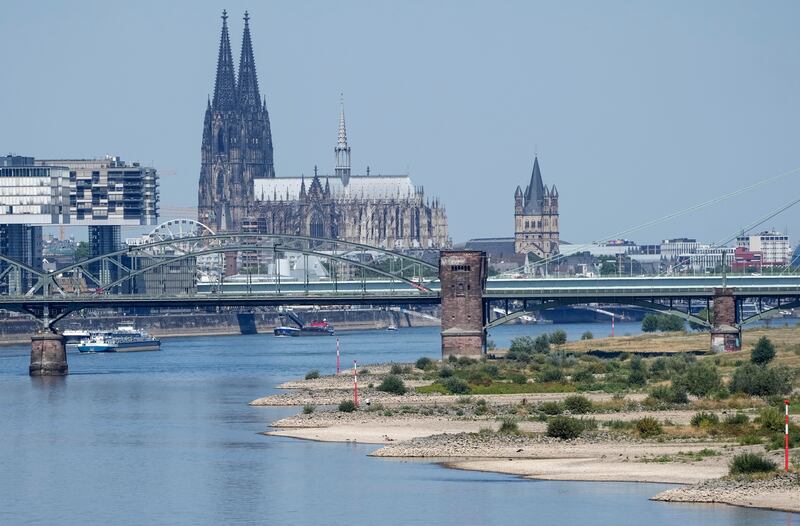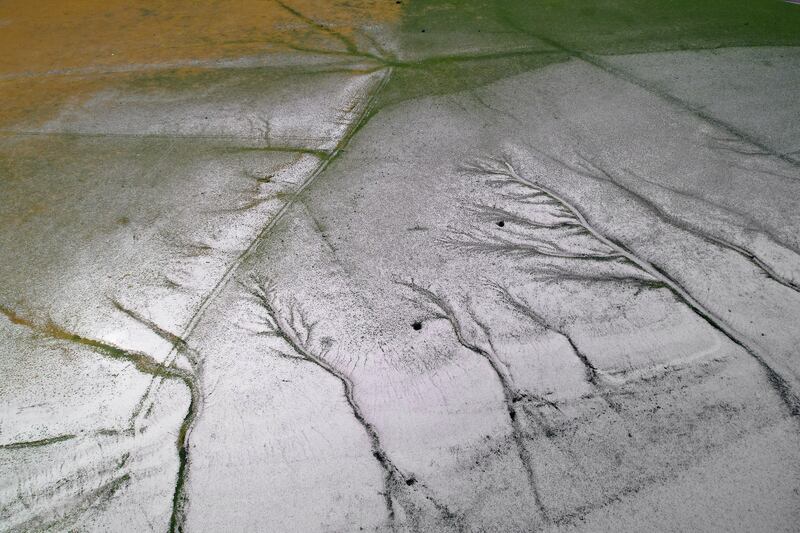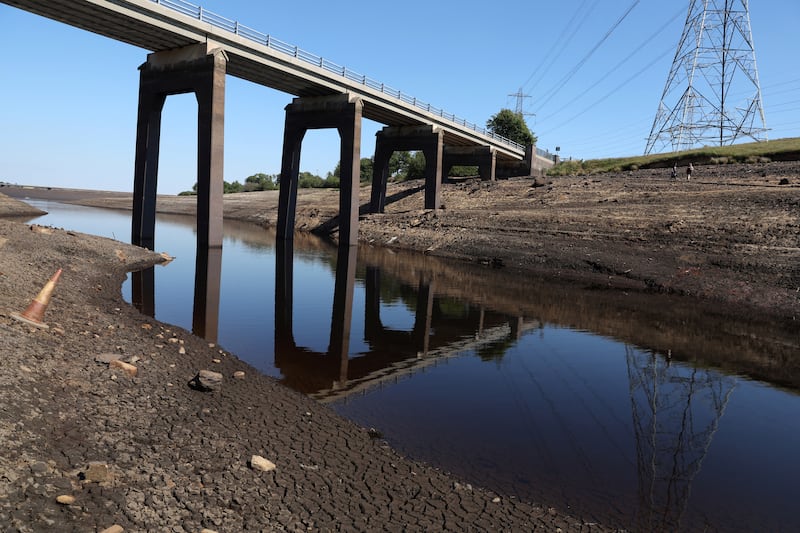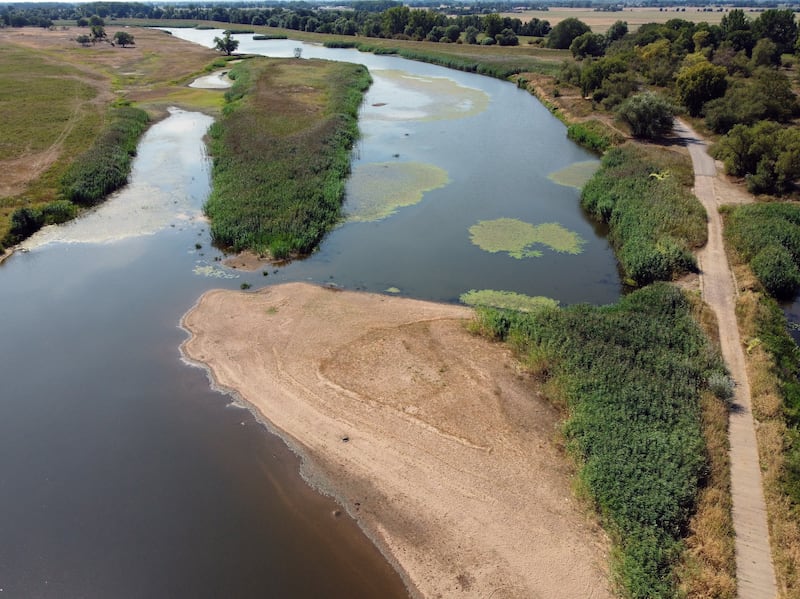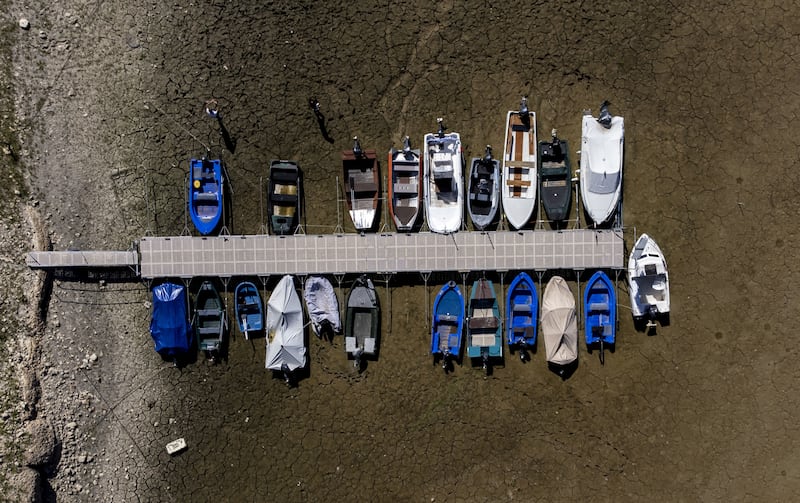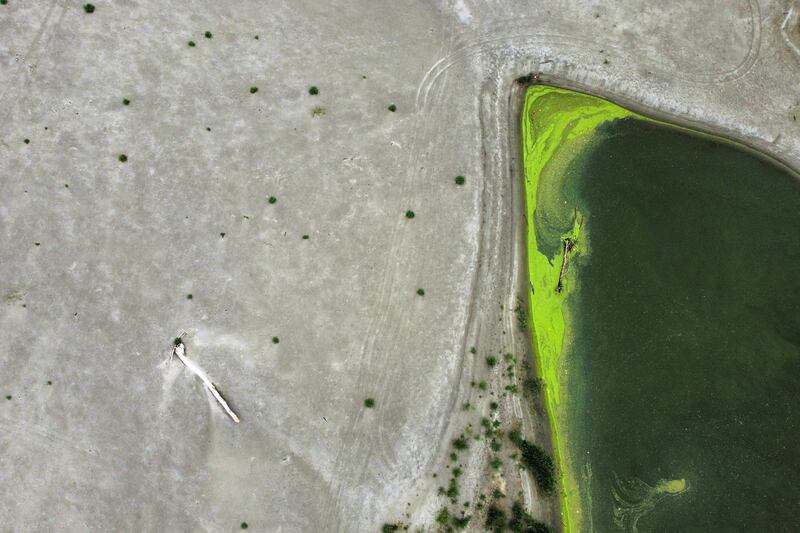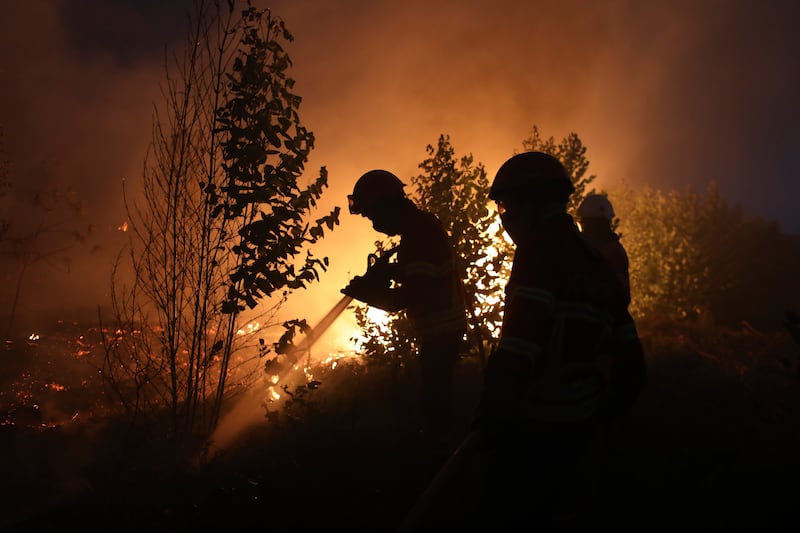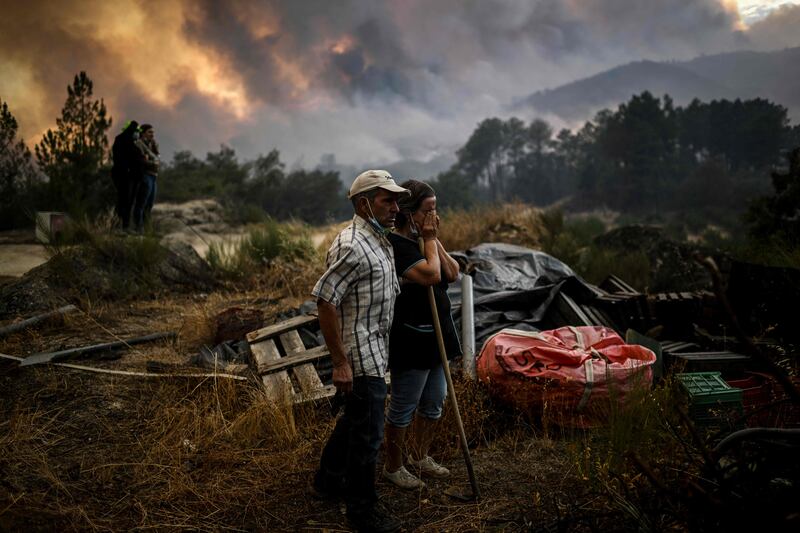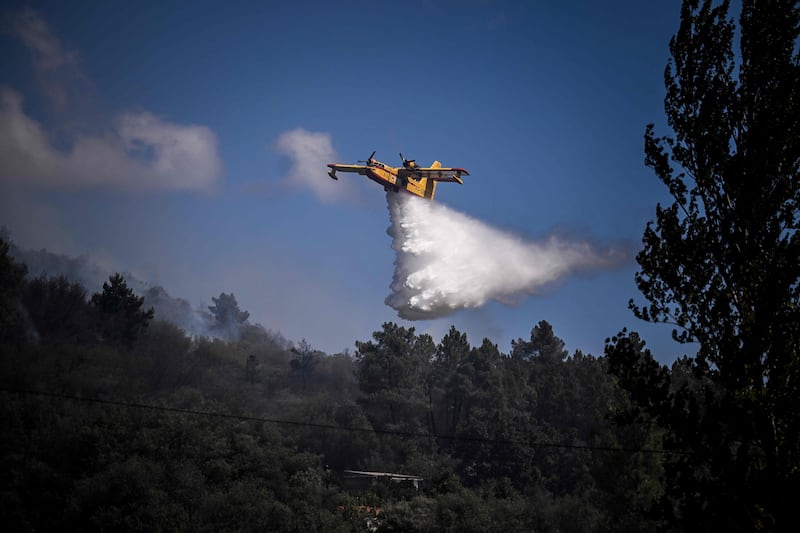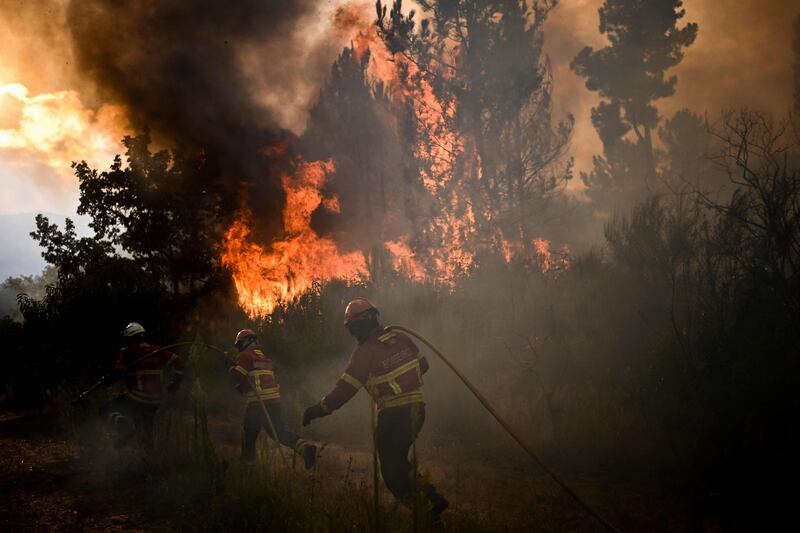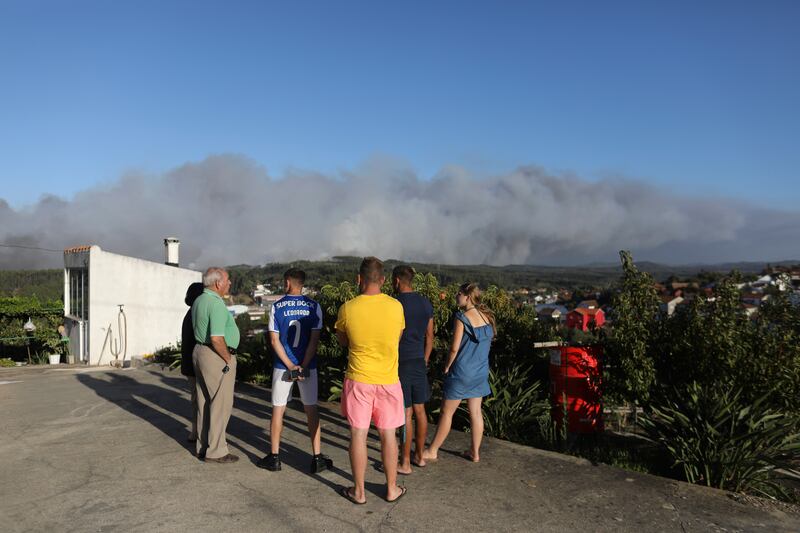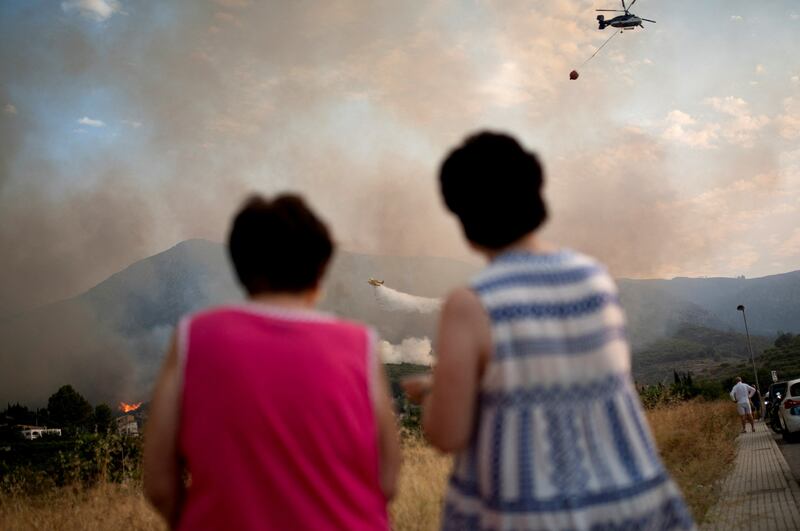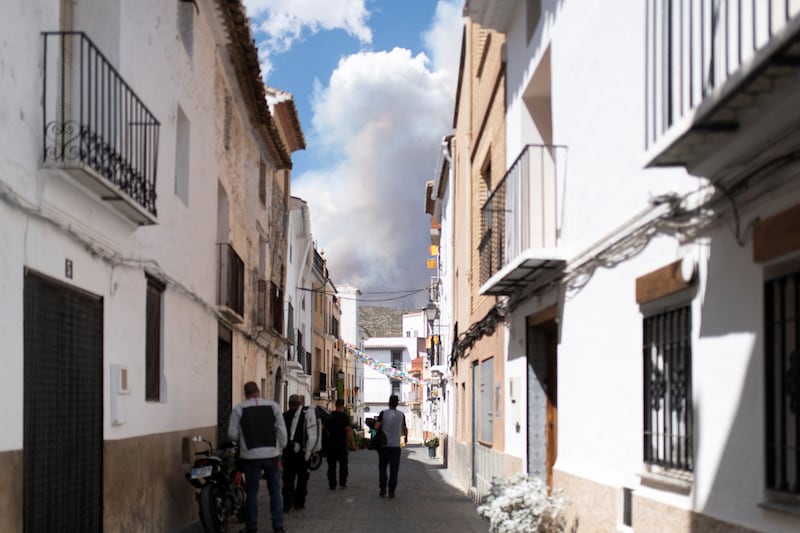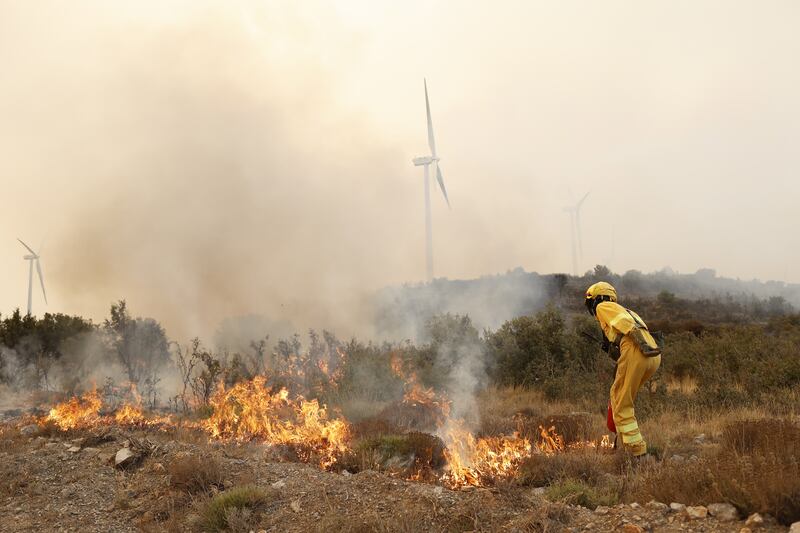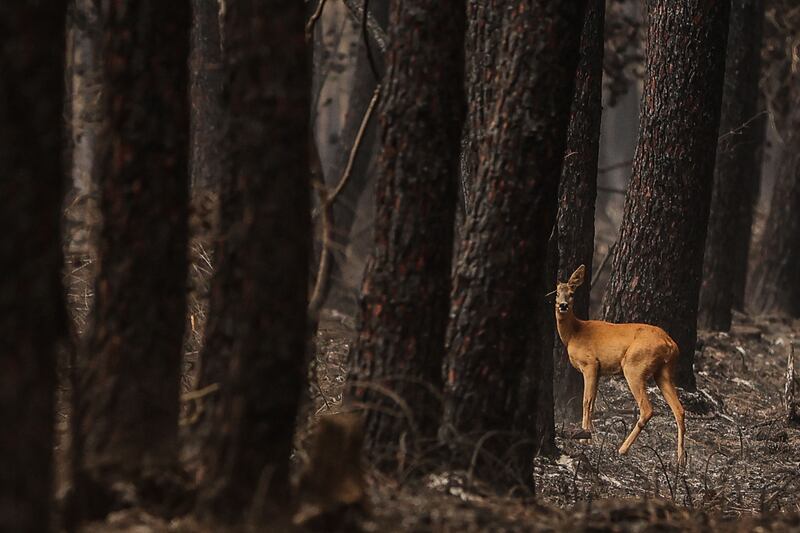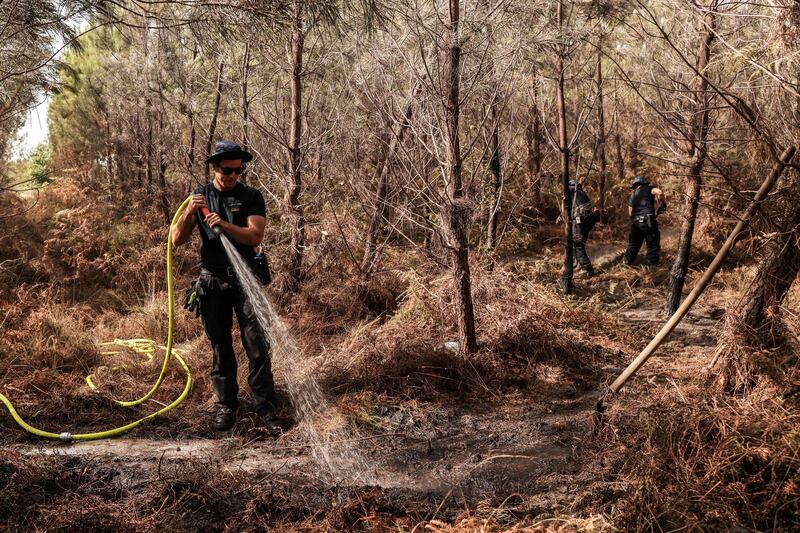Intense thunderstorms and hurricane-force winds killed at least eight people in France and Italy on Thursday.
Stormy weather uprooted trees in Tuscany and on the French island of Corsica, and ripped away brick shards from St Mark’s famed bell tower in Venice.
More than 100 boats in the Mediterranean Sea called for emergency help, authorities said.
Gusts of more than 220kph were reported in some areas, national weather agency Meteo France said.
About 45,000 households were without power on Corsica, where six people were killed.
Dozens of people were injured and 12 required hospital treatment in Corsica, one in critical condition, authorities said.
The Italian regions of Tuscany and Veneto declared states of emergency, as the violent storms in the north contrasted with temperatures of up to 43ºC in southern Italy.
Storms in recent days have slammed Western European countries after a summer of extreme weather, while Central and Eastern Europe are still suffering exceptional heatwaves and drought.
Two people were killed in Tuscany when trees were ripped up by storms on Thursday, one near the city of Lucca and another near Carrara.
Another four people were injured by falling trees at a campground near Carrara.
Europe's waterways hit by heatwaves and drought - in pictures
In Corsica, a girl, 13, died after a tree fell in a campsite in the coastal town of Sagone.
A woman, 72, was killed when a beach restaurant roof fell on her vehicle in Coggia and a man, 46, died in a campsite in the town of Calvi.
Rescue crews found the bodies of a fisherman, 62, and an unidentified kayaker off Corsica’s west and east coasts, according to the French maritime authority for the Mediterranean.
It said both died as a result of the sudden storm and that more than 100 grounded, wrecked or stranded ships in the area called for emergency help. A sixth victim was reported late on Thursday.
French Interior Minister Gerald Darmanin travelled to the island on Thursday.
Europe wildfires - in pictures
In Venice, high winds detached pieces of brick from St Mark’s bell tower, which stands in front of the famed cathedral.
Tourists were moved to safety from the structure, which was cordoned off.
The storm upended chairs and tables in St Mark’s Square and elsewhere, and swept away beach chairs on the nearby Lido.
Winds rose suddenly and were calmed within five minutes, said Carlo Alberto Tesserin, the caretaker of the Basilica and bell tower.
“These were not usual winds for us,” Mr Tesserin told AP.
In northern Italy, an overnight storm forced the closure of a train line south-east of Genoa after high winds carried beach structures on to the tracks, damaging the electrical circuitry.
The storm struck during Italy’s busiest beach vacation week.
The mayor of Sestri Levanti, Valentina Ghio, warned that whirlwinds were possible and appealed to visitors to stay away from beaches until the severe weather had passed.
Hail the size of walnuts pummelled Italy’s Liguria region with enough force to break the windows of homes and damage orchards and gardens.
Paris deluged by downpour - video
Paris deluged by downpour
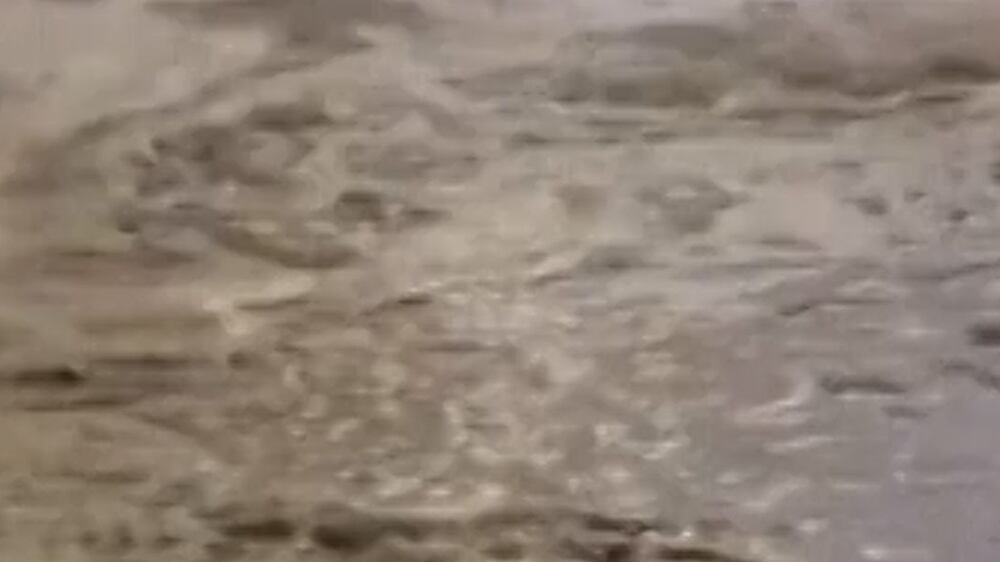
While northern Italy has suffered its worst drought in decades this year, heavy rains in recent days that brought scattered hailstorms, whirlwinds and flooding have damaged or destroyed entire crops of fruit and vegetables along with vineyards and olive orchards, Italian agricultural lobby group Coldiretti said.
Thunderstorms on Wednesday flooded Paris subway stations and the Old Port of Marseille, and winds of more than 100kph were recorded at the top of the Eiffel Tower during a flash flood on Tuesday.
The fierce rains come amid a summer of drought, heatwaves and forest fires across Europe that scientists link to human-caused climate change.
Yet to the east, on Hungary’s Southern Great Plain, shepherd Sandor Kalman can only dream of rainfall.
Mr Kalman grazes sheep on lands desiccated by intense heat and low rainfall. As he walks on his pastures, the grass, splotched by broad patches of dry dust and sand, crunches beneath his boots.
“In this heat wave, this clay soil actually burns the sheep’s feet, it’s so hot,” he said. “I’m 57 years old, but I’ve never seen a drought this big.”
Mr Kalman said his herding dogs also found it difficult to walk on the parched earth.
Hungarian meteorological data this year shows the most severe lack of rainfall since 1901.
Water levels of the Danube River, one of Europe’s largest waterways, have dropped by 1.5 metres in three weeks near Budapest, leading the regional water company to warn that drinking water supplies could be threatened.
“The future is hard to predict, but forecasts and climate models suggest that further severe droughts are likely,” said Klara Kerpely, of environmental group WWF Hungary.
Ms Kerpely said officials would need to prepare for more frequent extreme weather and rework Hungary’s water-retention system.
